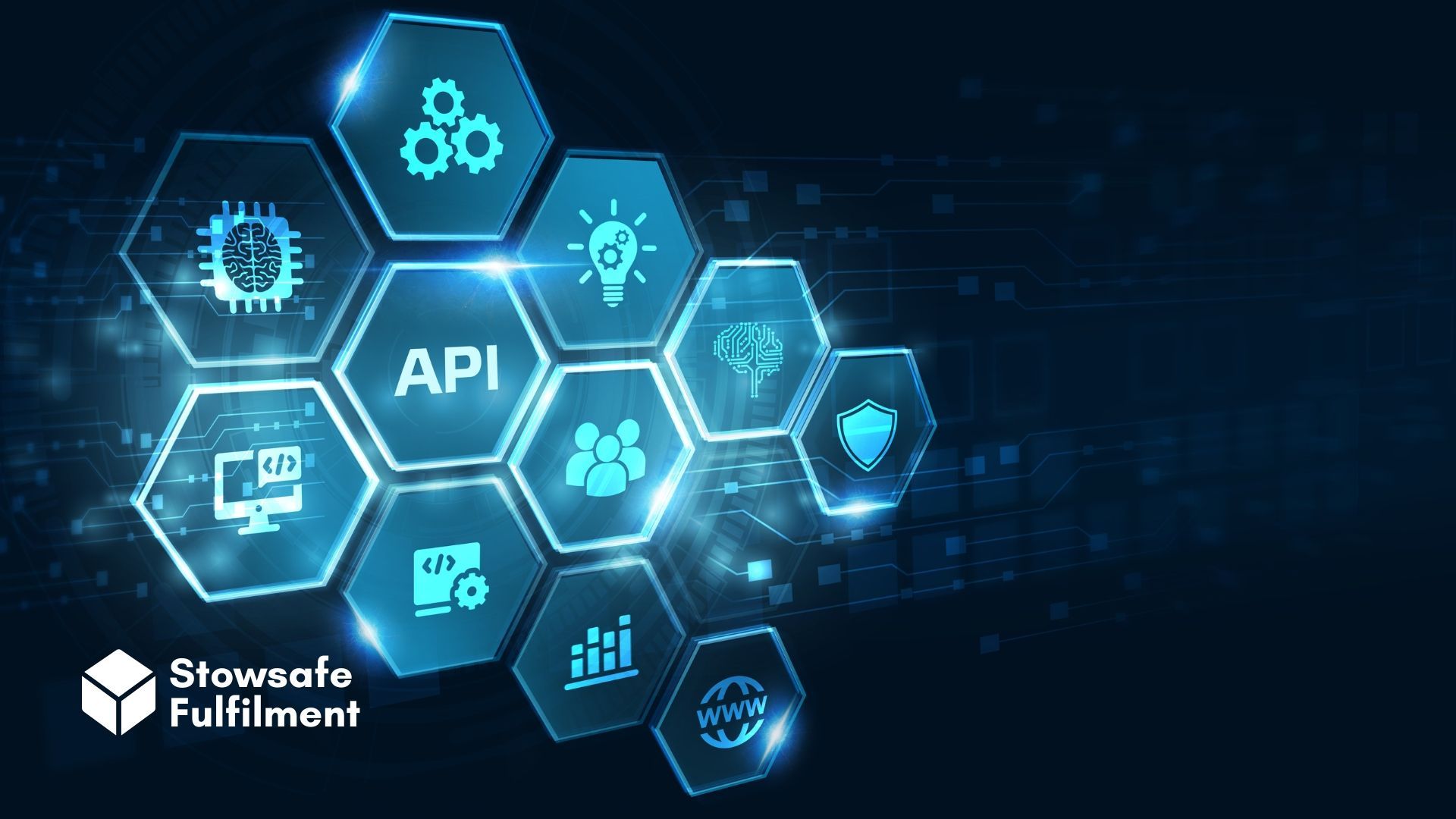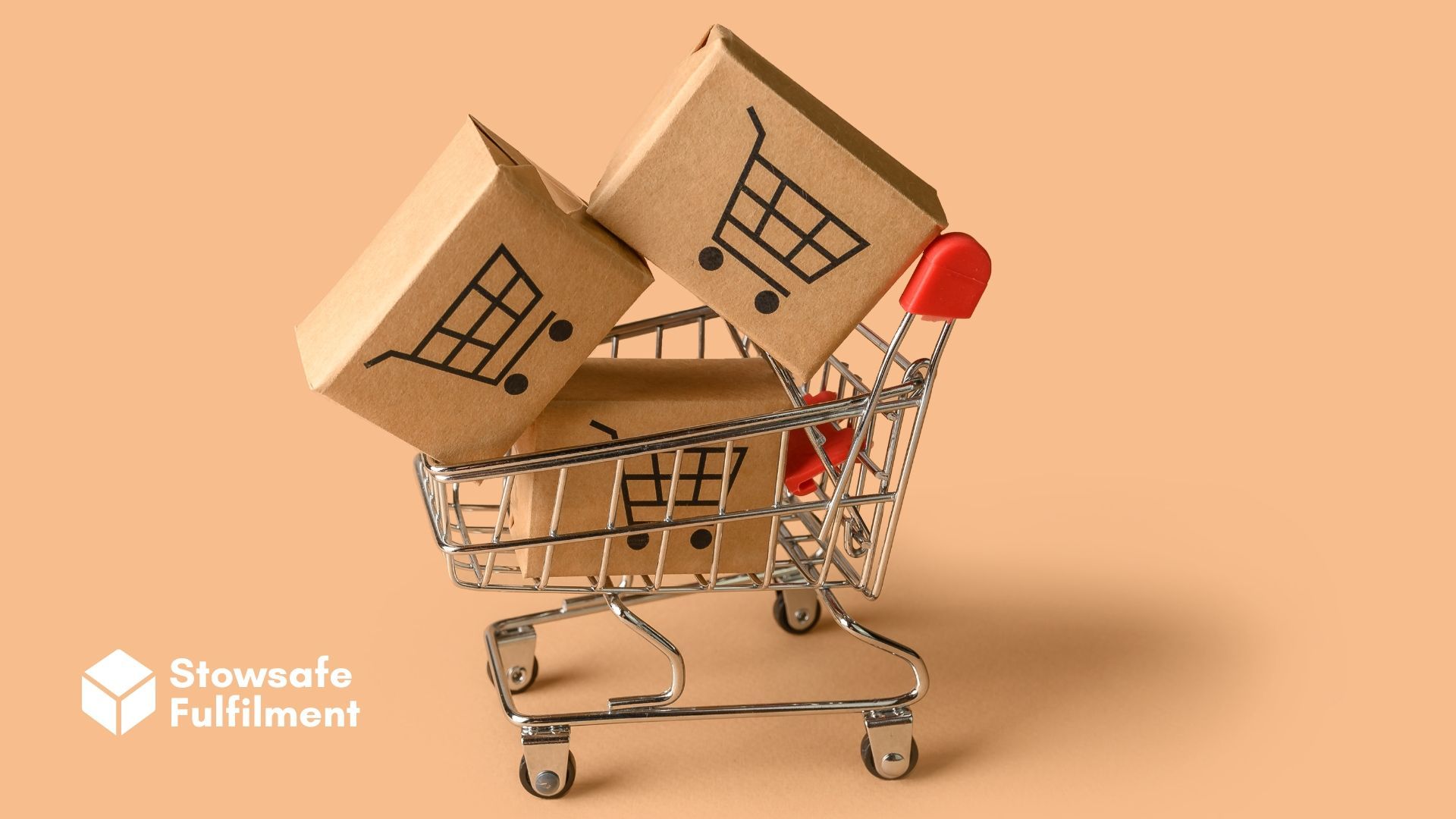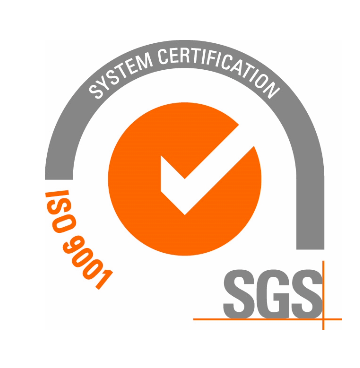Shopify is one of the easiest eCommerce platforms to use – and if you know your code, its APIs can help you grow your business. Join us for a closer look.

If you run an eCommerce enterprise of any size, you've probably come across Shopify. Ranked as one of the most popular eCommerce platforms – second only to WooCommerce – Shopify is known for its intuitive user-friendliness.
It exemplifies a recent trend in cloud-based platforms that's only going to keep growing – user interfaces that give you a shortcut to professional design.
Shopify is to brick-and-mortar stores what Canva is to taking an art degree. You don't need to be a coder to make the most of Shopify's drag-and-drop, click-and-create website builder and customisations.
It's a bit like the sewage system (bear with us). By subscribing to Shopify, you're paying for behind-the-scenes expertise – just as your water bill means your sewerage gets sorted without you having to get involved.
Shopify has many advantages for businesses of all shapes and sizes. However, at a certain point in your online retail journey, you may start to feel its limitations.
One of these is that a Shopify store can be a lonely island in a sea of competitors. If you sell primarily through Amazon or eBay or Etsy, then you can target your products at a huge existing customer base. With a Shopify store, you need to really push your marketing to make sure people know you exist – let alone buy from you.
This is where the Shopify API comes in. Like all APIs, it allows two apps to communicate with each other – like a bridge. Or a translator. Or a switchboard. Or… well, you get the idea. It creates new opportunities for integration with third-party services, platforms and apps.
So if you're starting to feel that your online presence isn't growing at the same rate as your creative vision, the Shopify API could help you to bring them closer together.
But beware – getting into APIs requires some level of programming know-how. Those code-free carefree days are behind you as your empire grows.
What does it do?
First off, when we talk about "the Shopify API" we're using an umbrella term. There are actually a few different
interfaces that come under that bracket.
The first – and most commonly used – is the Admin API. This allows you to build apps that can interact with Shopify's backend – all your data that relates to orders, customers and products, for instance.
Let's take an example. You might want to build an app that collects all the email addresses you've collected and funnel them to a third-party marketing tool. Or you could use the API to automate order fulfilment, sending order details to your 3PL of choice.
This is great news if you want to bag yourself new customers. It's a tool that has the potential to free you from the relative anonymity of having a standalone store – getting you closer to the kind of customer base that eBay or Amazon offer. But with the Shopify API, you don't have to give those retail giants a cut.
The Admin API is available in two versions –
REST and
GraphQL. While both let you use supported libraries to build your apps with existing programming languages, newer features are added only to GraphQL.
It's important to note that you need to be a confident and experienced developer to use these APIs. If you cut corners, you could be on your way to data loss or corruption.
So if you've got the chops to pull it off, the Shopify Admin API is a great way to access your data and make it work for you.
What about the Storefront API?
The Storefront API allows you to build shopping experiences for your customers that are separate from your main web store.
This is invaluable if you want to expand your customer base. While there's nothing wrong with putting all your marketing eggs into one web basket, it has the potential to limit digital footfall.
The Storefront API addresses this pain point by creating new opportunities for customers to find you.
With the Storefront API, the web is your oyster. You can cast your net wider than ever by integrating your Shopify store with all manner of sites, platforms and apps – all on your own terms. You can build an entirely customised website for your online store, create a native mobile app or even add a buying experience to a video game.
If you're fluent in Unity then you can create in-game business opportunities via Shopify. Perhaps you want to sell merch or give players the chance to print out content they've created – all this is possible with the Storefront API's Unity integration.
This is just a whistlestop tour of its features. It also allows you to select and tweak a wide range of templates and to access features like abandoned cart analytics, live chat support and different payment options.
As with the Admin API, you can use Shopify's officially supported libraries to build your apps. Unlike its more popular counterpart, however, it's only available in GraphQL.
What other APIs are available?
First, there's the Partner API. This gives you access to the data in your Partner dashboard. Its main selling point is that it allows you to automate routine tasks and speed up your workflows.
Second, there's the Ajax API. This is a component of Shopify Themes. It allows customer carts to update without the need to refresh a browser window.
Finally, there's Liquid. This isn't an API as such. Rather, it's a programming language that's used to create Shopify Themes. However, it does include API-like capabilities.
Conclusion
All in all, Shopify's APIs give you powerful tools to integrate your online store with a range of apps, platforms and services. If you're well-versed in programming or are willing to put the time in, they're great for expanding and enhancing your online presence.
At Stowsafe, we take care of product storage and order fulfilment so that you don't have to. Flexibility is our watchword and our warehouse management system integrates with all major eCommerce platforms – including Shopify. If you're looking for a third-party
Shopify fulfilment service, please don't hesitate to
get in touch for a free consultation.
All Rights Reserved | Stowsafe Fulfilment














